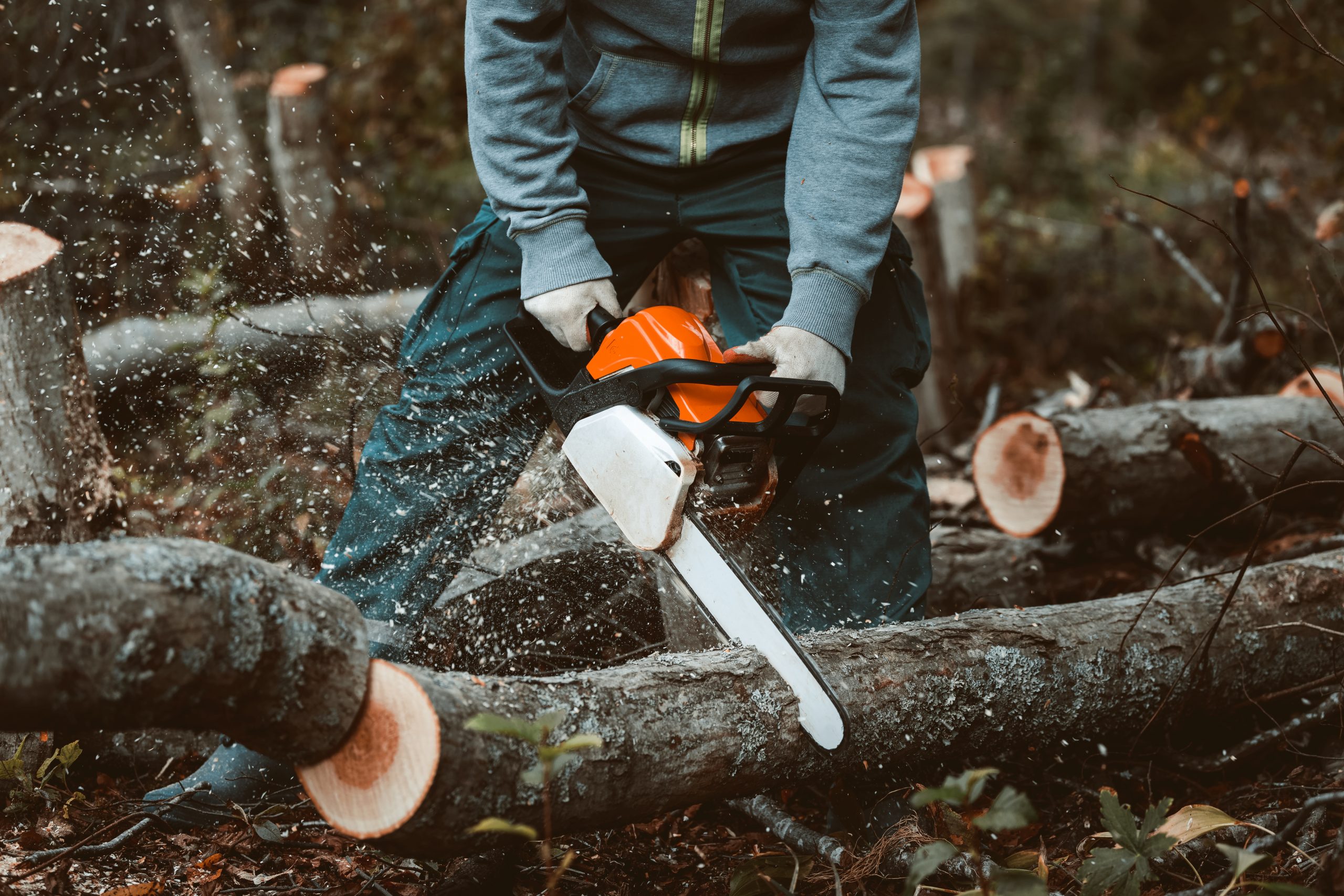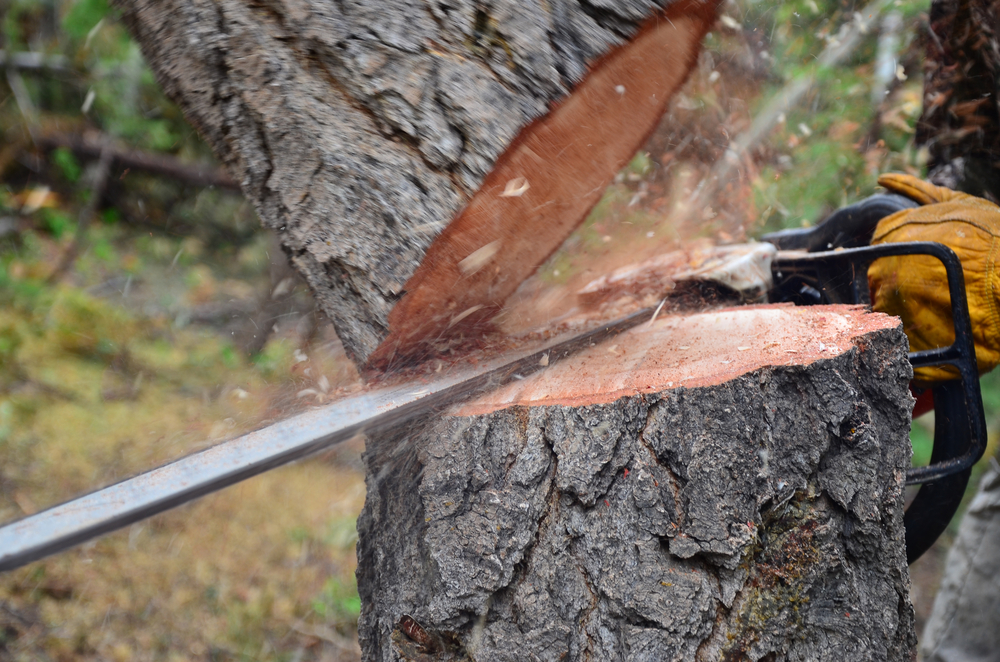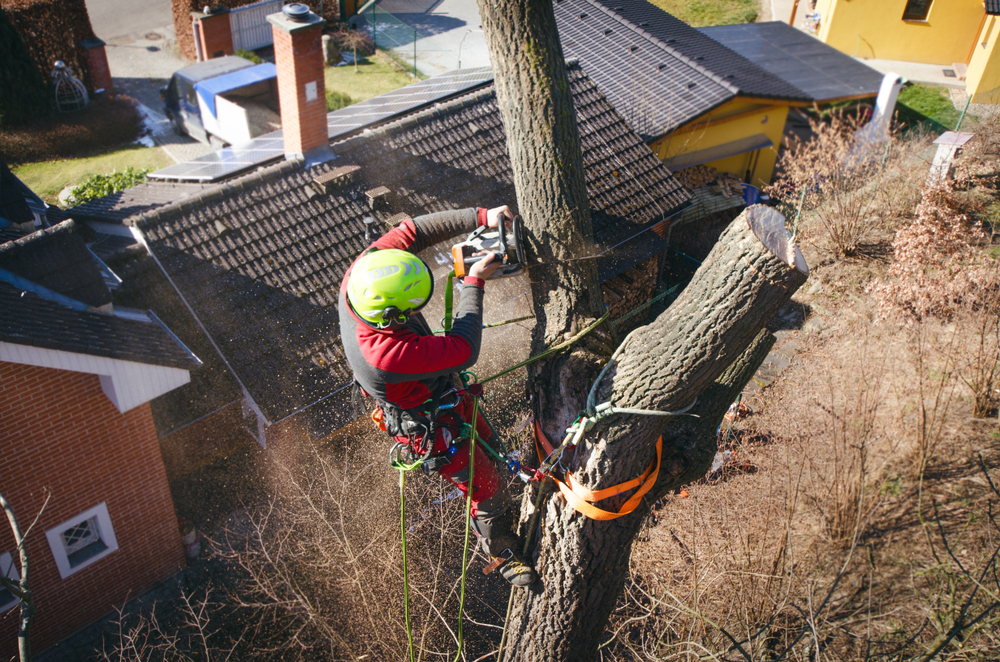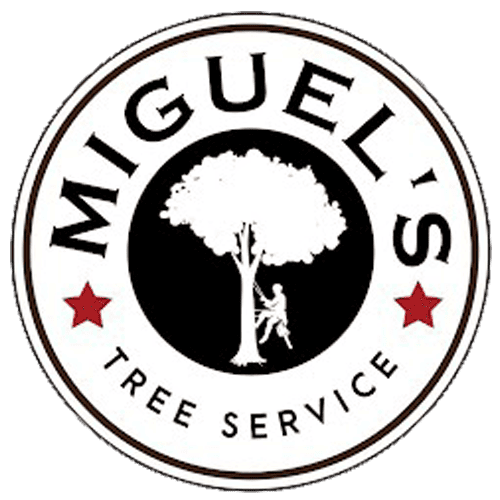Tree Services in Smithtown, NY
Safe, Professional Tree Care You Can Trust
Certified arborists handling your tree problems right the first time, with full cleanup included.


Professional Tree Removal Smithtown
You get peace of mind knowing dangerous trees won’t threaten your home, family, or neighbors. No more staring at that dead oak wondering when it’ll come down, no more losing sleep during storm warnings.
Your yard becomes usable space again. Those overgrown branches blocking your garden’s sunlight are gone. The stumps that made mowing a nightmare disappear completely.
Your property value increases with proper tree care. Well-maintained trees add thousands to home values, while neglected ones become expensive liabilities. You’re not just solving today’s problem – you’re protecting your investment for years ahead.
Smithtown Tree Company Experts
Miguels Tree Service has been handling Smithtown’s tree challenges for years. We understand how coastal winds and salt air affect local tree species, and which trees typically cause problems after nor’easters.
Our team includes certified arborists who diagnose tree health issues before they become expensive emergencies. We’re fully licensed and insured, so you’re protected whether it’s routine pruning or emergency storm cleanup.
Every job gets the same attention to detail and complete cleanup, because we live and work in this community too.

Tree Service Process Smithtown
First, you get a clear assessment of what needs to be done and why. No guesswork, no upselling – just honest evaluation of your tree situation and transparent pricing upfront.
Next, our crew arrives with professional equipment and safety gear to handle the job properly. We protect your landscaping, driveway, and nearby structures while working. You don’t have to worry about damage to your property.
Finally, complete cleanup happens before we leave. Every branch, leaf, and wood chip gets removed unless you want to keep firewood. Your yard looks better than when we arrived, and you can use your outdoor space immediately.

Ready to get started?
Complete Tree Care Services
You get emergency storm damage response when trees threaten your home or block access. We handle insurance paperwork and work directly with adjusters to streamline your claim process.
Regular tree maintenance includes pruning for health and safety, dead branch removal, and disease treatment. Preventive care costs less than emergency repairs and keeps your trees healthy for decades.
Complete removal services cover everything from small ornamental trees to massive oaks. Stump grinding eliminates trip hazards and frees up yard space for new landscaping. We handle permits when required and coordinate with utility companies for trees near power lines.

